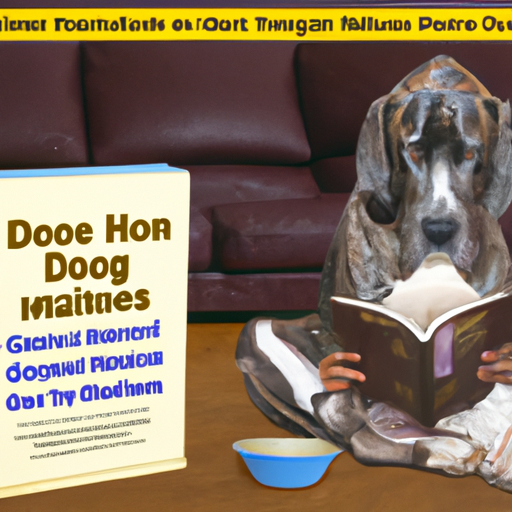As a caregiver, your dog’s health is undoubtedly a top priority. One of the health concerns that might keep you up at night is Gastric Dilatation-Volvulus (GDV), also known as bloat or twisted stomach. This condition can be life-threatening, and prevention is key. In this article, we’ll explore how you can take proactive measures to prevent GDV in your furry companion.
What is GDV?
GDV is a condition that typically affects large, deep-chested dogs. It occurs when the dog’s stomach fills with gas and then twists, effectively cutting off both the entrance and exit. This can lead to a rapid decline in health and, if not treated promptly, can be fatal.
Risk Factors for GDV
Certain dogs are more prone to GDV than others. Knowing if your dog falls into one of these risk categories can help you take preventative measures.
- Breed: Dogs with deep, narrow chests are more susceptible. This includes breeds like Great Danes, Saint Bernards, Weimaraners, and Irish Setters.
- Age: Older dogs are at a higher risk.
- Family History: Dogs with relatives who have had GDV are more likely to develop it.
- Eating Habits: Dogs that eat quickly, only have one meal a day, or eat from a raised bowl are more likely to develop GDV.
Preventing GDV in Dogs
Preventing GDV involves addressing some of the risk factors mentioned above. Here’s how you can work towards this:
-
Change Eating Habits:
-
Slow Down Eating: If your dog tends to inhale their food, consider getting a slow-feed bowl. These bowls have obstacles that the dog has to eat around, forcing them to slow down.
-
Multiple Small Meals: Instead of one large meal, feed your dog multiple smaller meals throughout the day.
-
Avoid Raised Bowls: Contrary to popular belief, raised bowls can increase the risk of GDV.
-
Monitor Exercise: Avoid vigorous exercise, excitement, and stress for at least an hour after feeding.
-
Consider Preventative Surgery: For dogs at high risk, a preventative surgery called a prophylactic gastropexy can be considered.
Recognizing and Responding to GDV
Recognizing GDV early and responding quickly can save your dog’s life. The following table lists the common signs of GDV and what you should do if you notice them:
| Signs of GDV | What to Do |
|---|---|
| Distended abdomen | Contact your vet immediately |
| Non-productive vomiting | Don’t wait, take your dog to the vet |
| Restlessness/Anxiety | Don’t ignore these signs |
| Rapid, shallow breathing | Call the vet right away |
FAQ About GDV
Q: Is GDV only a concern for large breed dogs?
While GDV is more common in large breed dogs, it can occur in any dog, regardless of size or breed. It’s important to be aware of the signs and to take preventative measures regardless of your dog’s size.
Q: Can GDV be treated at home?
No. GDV is a medical emergency that requires immediate veterinary attention. If left untreated, it can be fatal within a matter of hours.
Q: Does preventative surgery guarantee my dog won’t get GDV?
While gastropexy significantly reduces the risk of GDV, it does not eliminate it completely. You should still monitor your dog’s eating and exercise habits.
Q: How can I slow down my dog’s eating?
There are several methods to slow down a dog’s eating. You can use a slow-feed bowl, hand-feed them, or use a puzzle toy that dispenses food slowly.
In conclusion, while GDV can be a frightening condition, understanding the risks and taking preventative measures can help keep your beloved pet safe. Remember, if you suspect your dog has GDV, immediate veterinary attention is crucial.



